SFF Participatory research
Comparing SDH farms to four regional farmers, and looking at changes to environmental footprints from farm modelling changes
Timeline
2018-22
Funder
MPI/DairyNZ/SIDE
Lead
DairyNZ
Key person
Dawn Dalley
Project objectives·
This project will deliver a network of four satellite farms, with associated Communities of Practice (CoP), which are ‘research-ready’ with demonstrated confidence, capability and capacity to adopt new farm practices for lower environmental footprint and strong community wellbeing.
Project description
This project aims to support dairy farmers in achieving profitable businesses with a lower environmental footprint by increasing the reach of research from the Southern Dairy Hub and national programmes, and utilizing learnings from partnerships with four farms across Southland and South Otago. Farmers and rural professionals will participate in Communities of Practice to identify good management practices and farm system options that will reduce nitrogen, phosphorus and sediment losses, and greenhouse gas emissions. Using this participatory research approach, farmers across the region will have access to research and tools to assist in their decision making.
To better predict the greenhouse gas footprints of each of the farms and the Southern Dairy Hub farmlets, monthly samples for feed quality and weekly feed allocation information is being collected. This information will allow calculation of GHG emissions based on actual feed quality and estimated intake, and compare this to the numbers generated from Overseer where default values are used.
Greenhouse gas (GHG) footprints for the farmlet systems were calculated for the 2019-2020 season. The GHG footprints cover all on-farm, youngstock and pre-farm gate biogenic GHG emissions, including CH4 from enteric fermentation by ruminants, N2O and CH4 emissions from manure management and excreta deposition onto paddocks, and N2O and CO2 emissions from urea fertiliser application to land.
The pre-farm gate emissions relate to N fertiliser use for growing purchased supplements (baleage, barley grain and palm kernel expeller) and have been included to ensure biological emissions associated with off-farm production of supplements is accounted for in farm-scale footprint assessments.
Because the SDH farmlets include crop type (kale vs. fodder beet) as one of the main treatment effects, separate CH4 emission factors were used for these two crop types.
Project outcomes/learnings
Across the four SDH farm systems and the four commercial farms that were studied there was a linear relationship between milk solids production/ha MP, methane and nitrous oxide emissions
Reducing system intensity (N fertiliser inputs & stocking rate) had a much larger effect on GHG footprints than choice of crop type:
The LI systems had 20% lower methane footprint and 35% lower long-lived gas footprint than the standard farmlet systems.
The FB systems had a 9% lower methane footprint and 13% lower long-lived gas footprint than the kale systems.
The reduced N inputs in the LI systems also resulted in a reduction in direct and indirect N2O emissions from fertiliser use and from urine and dung deposition.
GHG pricing based on the ETS ‘back-stop’ and the He Waka Eke Noa farm-level split-gas levy across the four farmlets ranged from $41 to $61/ha MP assuming a 95% discounted rate with He Waka Eke Noa.

